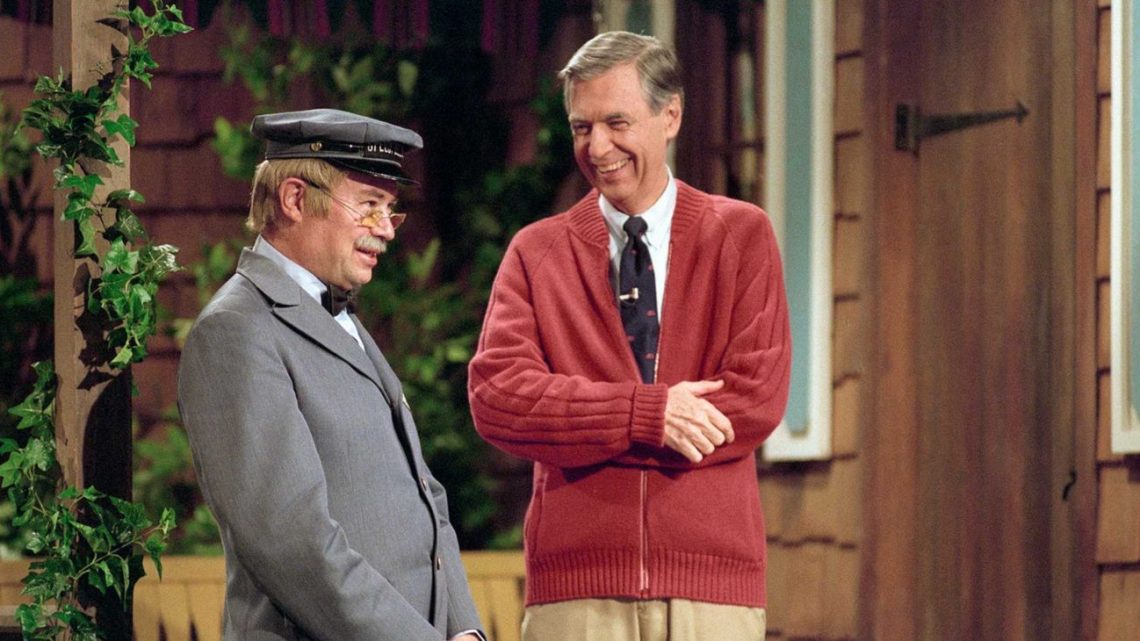Tropic Sprockets by Ian Brockway / Won’t You Be My Neighbor?
Fred Rogers, known as Mr. Rogers was right up there with Johnny Carson, Jonathan Winters and Robin Williams as a universally beloved pop culture figure. Few have had an issue with him and understandably so: Rogers invariably spoke of friendship and love. Mr. Rogers comes vividly to life in “Won’t You Be My Neighbor” by director Morgan Neville (Twenty Feet from Stardom).
Rogers’ iconic PBS show started from The Children’s Corner, a small show on station WQED in Pittsburgh. Through slight mishaps, Rogers got the idea to utilize puppets and the show Mr. Rogers Neighborhood debuted on most NET stations on February 19, 1968. Rogers, a Presbyterian minister, got a feeling that TV was the most potent new medium to carry his message of inclusion and love without social or ethnic barriers of any kind. Rogers, who as a child was often bullied for being fat, felt this call to harmony instinctively. Music became his way to handle frustration and anger. Eerily topical, one of the first broadcasts in the late 60s dealt with the issues of fear, war, border security and the construction of big walls.
Rogers, who did not watch much TV himself, wanted his show to be a calming relaxing space in a confusing and hectic world. He felt a child watching his show created a sacred space where “a lot happens.” Rogers saw other shows as a noisy bombardment and purposely slowed the show’s timing: a light bulb was changed in real time without editing, interviews had long pauses. Questions and answers took time. He removed his jacket with patience as if to show children that they could delight in simply being alive.
Rogers was no different from his persona, with the exception of expressing discontent when he would transform into the brusque voice of Lady Elaine Fairchilde, say his two sons, John and James. Growing up, Rogers was never allowed to express anger.
Rogers took on many uncomfortable subjects and explained them to kids with care and sensitivity. He explained death, loss, divorce and the RFK assassination. These were all unheard of subjects for children’s television at the time. Rogers felt that children were understanding and empathetic souls and if one spoke to them with patient care, the world would spiritually prosper. Racism too, during the civil rights era, had no place in the neighborhood. Rogers was friends with François Clemmons, who played Officer Clemmons on the show. In one segment, they shared a foot bath together. This was at a time when blacks were unconscionably segregated in swimming pools. For both Rogers and Clemmons, a black man, the shared foot bath was a groundbreaking statement of inclusion. The film later reveals that Clemmons was a gay man and became pressured by the show to marry, but that Fred Rogers turned to tolerance. Throughout the film, kids are Mr. Rogers number one priority and audience. He talked to five year old Jeff Erlanger who was in a wheelchair and sang a duet with him. Inclusion was paramount.
Rogers continued the show to the year 2000. In 1994, he started an adult interview show entitled Heroes, but it did not take hold. No matter. He remains an icon. The film shows Rogers at his most human. He laughs at his impression done by Eddie Murphy and meets Koko, the gorilla who showed great tenderness for him in tying his famous sneakers.
Rogers’ impact is so lasting that he does not seem to have passed. One of the last scenes of “Won’t You Be My Neighbor?” shows him lying in the grass. His wife Joanne wonders what he would do if he now felt all was slipping away. A poignant question in light of today’s anger and division nationwide.
Above all else, Mr. Rogers was a humble servant. More accurately, he was a superhero in a sweater with the “iloveyou” number of 143, a subtle warrior who cradled the softness of Daniel Striped Tiger. We we need more like Ian.
Write Ian at [email protected]
[livemarket market_name="KONK Life LiveMarket" limit=3 category=“” show_signup=0 show_more=0]






No Comment